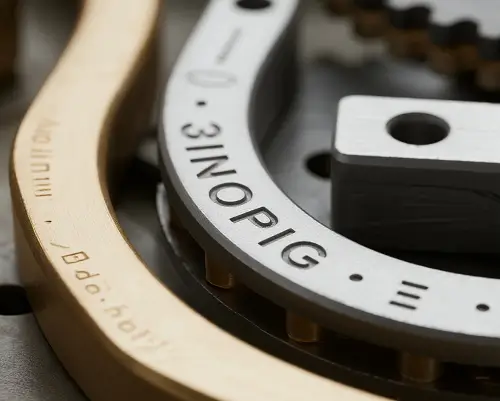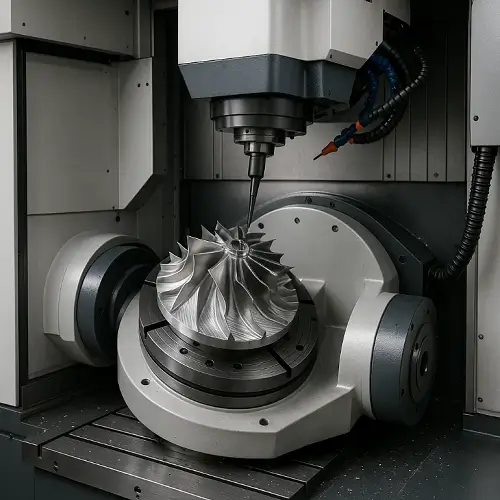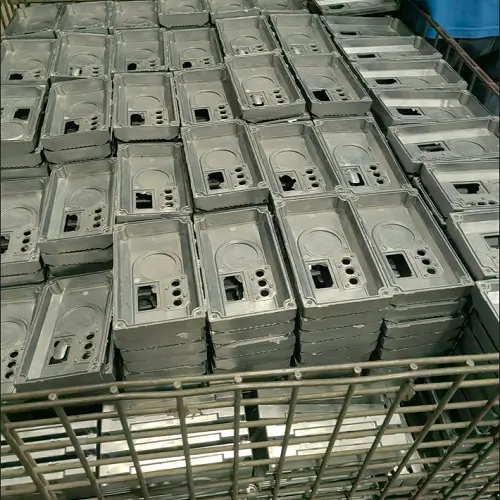In modern mechanical manufacturing, many critical components need to balance high strength with excellent wear resistance. Bulk hardening most metals often reduces toughness, making parts prone to fracture under shock or stress concentration. Surface hardening—also known as case hardening in industry—addresses this issue by enhancing surface properties while keeping the core tough. It is widely used in automotive, mold-making, and heavy machinery sectors. This article explains surface hardening and its key benefits.

What Is Surface Hardening?
Surface hardening includes physical or chemical treatments that harden only the outer layer of metal parts. When applied to steel, these techniques are called case hardening. The hardened layer usually ranges from 0.2 mm to 2 mm deep. It consists of martensite, nitrides, or carbides, which greatly improve wear resistance and fatigue life under heavy load or repeated friction.
Unlike full quenching, surface hardening keeps the core’s microstructure unchanged. This means parts retain excellent impact toughness and resistance to fracture. The combination of a hard surface and a tough core makes surface hardening ideal for high-performance components.
Common Surface Hardening Methods
Carburizing: Often used on low-carbon steels. Parts are heated (up to ~900°C) in a carbon-rich environment. Carbon atoms diffuse into the surface, and quenching turns this layer into hard martensite. Common applications include gears, shafts, and pins. Carbon depth can be adjusted to meet performance needs.
Nitriding: A low-temperature process (~500–570°C) that introduces nitrogen atoms into the surface, forming a hard nitride layer without quenching. It causes minimal distortion, making it suitable for alloy and tool steels used in precision molds, cylinders, and valves where dimensional accuracy is crucial.
Heat-Treatment Quenching: Localized quenching rapidly heats the surface above ~750°C (austenite zone) using induction, flame, or laser, followed by quick cooling (water, oil, or self-quenching). This forms a hardened layer. The heating method affects hardening depth, temperature profile, deformation risk, and final structure.
Induction quenching heats surfaces rapidly using electromagnetic induction, hardening layers between 1–5 mm deep while minimizing deformation.
Flame quenching uses gas flames (e.g., oxy-acetylene), suitable for larger or irregular parts where precise control is less critical.
Laser quenching provides extremely fast, localized heating and self-cooling, ideal for precision or edge-specific hardening with minimal heat-affected zones.

How to Remove Oxide Scale After Surface Hardening
High-temperature treatments like carburizing or quenching often leave a non-uniform dark oxide scale on steel surfaces. Though functionally harmless, it looks unsightly and may interfere with assembly or coating.
One customer rejected quenched parts due to dark, uneven oxide patches, even though performance was fine. For example, two identical stainless-steel parts: one unhardened with a bright finish; the other hardened (~55 HRC) showing dark oxide blotches, appearing dull or aged.
This heat-treatment oxide scale adheres strongly and can’t be wiped off. Common removal methods include:
Mechanical Polishing: Effective for small precision parts using grinding or buffing. Restores shine but is costly, time-consuming, and less effective on complex geometries or hardened surfaces.
Shot or Sand Blasting: Industrially popular for batches. Abrasive media break oxide layers and slightly roughen surfaces, aiding coating adhesion. Results in matte finish rather than mirror shine.
Chemical Pickling: Uses dilute acids (e.g., sulfuric or hydrochloric) to dissolve scale. Suitable for complex shapes but requires careful corrosion control and thorough rinsing.
Electrolytic Descaling or Plasma Cleaning: High-end methods offering uniform, low-damage cleaning. Ideal for medical, optical, or precision mold parts but more expensive.
Laser hardening or ion nitriding in inert or vacuum atmospheres produce minimal oxide scale. These are preferred when both hardness and bright appearance are desired.
Removal method choice depends on part complexity, surface tolerance, appearance requirements, and cost. Shot blasting suits structural or large batches; polishing may be necessary for display or premium parts.
At JeekRapid, surface finish and oxide removal requirements are confirmed early and specified on drawings to meet customer expectations.
Advantages of Surface Hardening
Surface-hardened parts outperform untreated ones in wear resistance, impact toughness, and fatigue life. The hardened layer resists scratches, adhesion wear, and surface fatigue. Induced compressive residual stresses reduce micro-crack formation and growth.
Surface hardening lowers material waste, minimizes distortion, maintains tighter dimensional accuracy, and reduces long-term maintenance costs.
Summary
Choosing the right surface hardening (case hardening) techniques enhances product reliability and brand competitiveness. It also cuts wear-related downtime and replacement costs.
JeekRapid offers customized carburizing, induction quenching, and nitriding services with short lead times. These are ideal for gears, molds, transmission components, and high-performance parts.Get quote.


